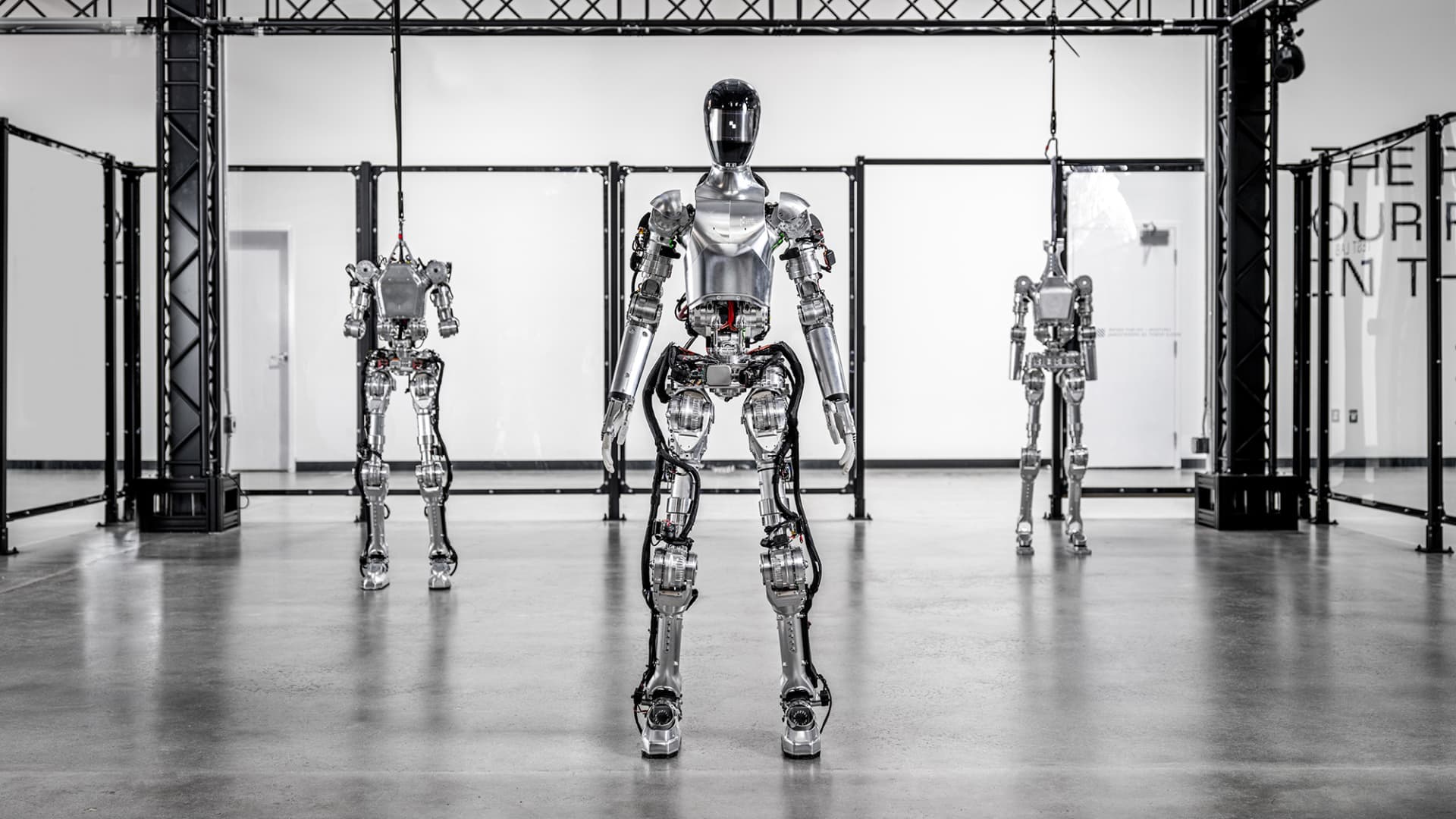
President Donald Trump speaks before signing executive orders in the Oval Office at the White House on September 19, 2025 in Washington, DC.
Andrew Harnik | Getty Images
President Donald Trump raised the fee for an H-1B visa to $100,000 on Friday, leaving companies scrambling to respond.
With many left wondering whether their careers will remain in tact, here’s a breakdown of the new H-1B fees:
What did Trump change?
As of Sunday, H-1B visa applications will require a $100,000 payment. Previously, visa fees ranged from $2,000 to $5,000 per application, depending on the size of the company.
Employers now must have documentation of the payment prior to filing an H-1B petition on behalf of a worker. Applicants will have their petitions restricted for 12 months until the payment is made, according to the White House.
Who does this impact?
The fee will only be applied to new H-1B applicants, not renewals or current visa holders, according to White House press secretary Karoline Leavitt. The fee will be implemented in the upcoming lottery cycle.
Those who already have H-1B visas and are located outside the U.S. will not be required to pay the fee in order to re-enter.
Leavitt also clarified that the $100,000 is a one-time payment and not an annual charge.
Exceptions can be made to any immigrant whose employment is deemed essential in the national interest by the Secretary of Homeland Security and does not pose a threat to the security or welfare of the U.S.
Employees with B visas who have start dates prior to October 2026 will also receive additional guidance in order to prevent using those temporary business visas as a workaround for H-1B visas.
Who are these workers and why are they needed?
H-1B visas allows highly skilled foreign professionals to work in specialty occupations that generally require at least a bachelor’s degree to fulfill the role. Jobs in the fields of science, technology, engineering and math, or STEM, usually qualify.
Many employers use H-1B workers to fill the gaps in these highly technical roles that are not found within the American labor supply.
Companies in the tech and finance sectors rely heavily on these specially-skilled immigrants, particularly from India and China, which accounted for 71% and 11.7% of visa holders last year, respectively.
How many H-1B visas does the tech industry use every year?
The current annual cap for H-1B visas is 65,000, along with an additional 20,000 visas for foreign professionals with a master’s degree or doctorate from a U.S. institution. A lottery system is used to select additional petitions if demand exceeds the cap.
Since 2012, about 60% or more of approved H-1B workers had computer-related jobs, according to Pew Research.
Amazon was the top employer for H-1B holders in the fiscal year 2025, sponsoring over 10,000 applicants by the end of June, according to U.S. Citizenship and Immigration Services. Microsoft and Meta had over 5,000 each, while Apple and Google rounded out the top six with over 4,000 approvals.
WATCH: CoreWeave CEO on H-1B visas: Additional fee is ‘sand in the gears’ for access to talent












